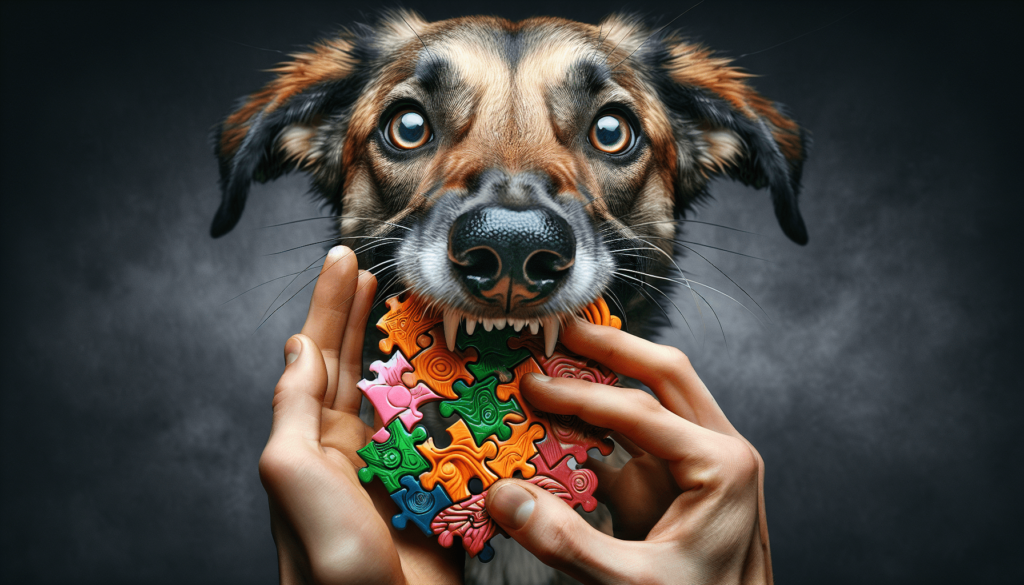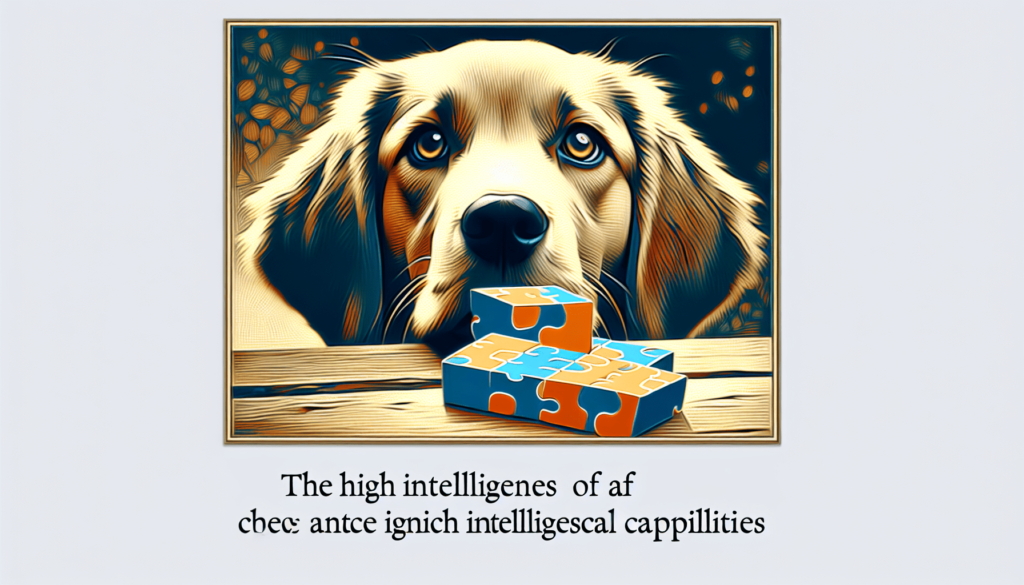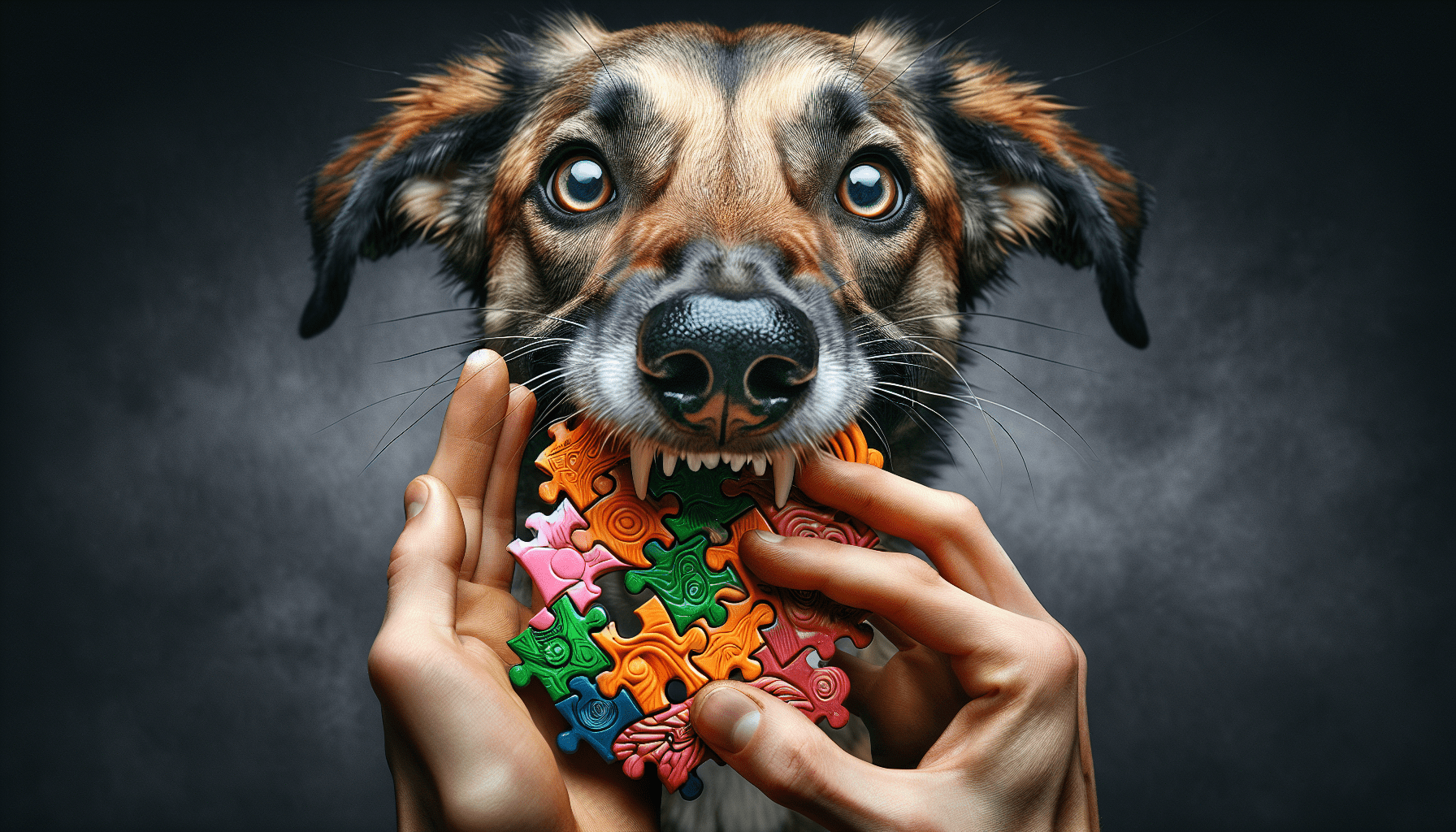In this article, you will gain a deeper understanding of canine intelligence and cognition. Delve into the fascinating world of dogs’ mental capabilities as we explore how they think, problem-solve, and interact with the world around them. Discover the remarkable ways in which dogs use their intelligence to communicate, learn, and form complex relationships with humans. By shedding light on the intriguing realm of canine cognition, you will gain a greater appreciation for the unique bond between humans and their furry companions.
Canine Intelligence
Canine intelligence refers to the cognitive abilities and problem-solving skills exhibited by dogs. It encompasses various aspects of their mental capabilities, including problem-solving abilities, memory and learning, perception and sensory abilities, emotional intelligence, social behaviors, communication, problem-solving studies, comparison to other animals, and the factors that can affect canine intelligence.
Definition of Canine Intelligence
Canine intelligence can be defined as the capacity of dogs to acquire and apply knowledge, understand and solve problems, and exhibit adaptive and flexible behavior based on their cognitive abilities. It involves the dog’s ability to learn and retain information, make logical decisions, navigate their environment, understand human gestures, and communicate with both humans and other dogs effectively.

Measuring Canine Intelligence
Measuring the intelligence of dogs can be a complex task. While standardized tests like IQ tests are commonly used for measuring human intelligence, such a tool specifically designed for dogs is yet to be developed. However, researchers and trainers often rely on various assessments to evaluate canine intelligence, including problem-solving tasks, memory tests, social interaction assessments, and learning experiments.
Types of Canine Intelligence
Canine intelligence can be categorized into different types based on the various mental abilities displayed by dogs:
Problem-Solving Abilities
Dogs have shown remarkable problem-solving skills in various scenarios. Adaptive problem solving refers to their ability to come up with innovative and flexible solutions to new challenges. Tool use and manipulation refer to the dog’s capacity to use objects as tools to achieve a specific goal. Insight learning involves the sudden realization of a solution to a problem. Logical reasoning allows dogs to make deductions and apply logical thinking to solve problems.
Memory and Learning
Dogs possess both short-term and long-term memory capabilities. Short-term memory allows them to retain and recall recent events or information, while long-term memory helps them remember past experiences and learning. Associative learning involves the dog’s ability to make connections between events or stimuli, while operant conditioning refers to their learning through rewards and punishments.
Perception and Sensory Abilities
Dogs rely on their sensory abilities to interact with the world around them. Visual perception enables them to interpret objects, movements, and distances accurately. Auditory perception allows them to recognize and differentiate various sounds. Olfactory perception, their most powerful sense, enables them to detect and discriminate smells with great precision. Tactile perception helps them gather information through touch.
Emotional Intelligence
Emotional intelligence refers to a dog’s ability to understand and display emotions effectively. Dogs can sense and respond to the emotions of both humans and other animals. They can also form strong emotional bonds with their owners and exhibit empathy and compassion towards others in distress.
Social Behaviors
Dogs are highly social animals and exhibit various social behaviors. Pack mentality refers to their instinctual behavior to form hierarchical structures within a group. Cooperative behaviors involve working together and collaborating with other dogs or humans to achieve a common goal. Communication methods, both vocalizations and body language, play a crucial role in their social interactions. Dogs also possess the ability to understand and respond to human gestures.
Canine Communication
Canine communication involves the ways in which dogs convey information to other dogs and humans. Vocalizations include barks, growls, whines, and howls, each serving a different purpose. Body language, such as tail wagging, ear positioning, and posture, communicates a dog’s emotions and intentions. Receptive communication addresses the dog’s ability to understand and interpret the signals and commands given by humans. Expressive communication involves the dog’s ability to convey their emotions or intentions to humans.
Canine Problem-Solving Studies
Researchers have conducted numerous studies to understand and evaluate canine problem-solving abilities. These studies have explored dogs’ abilities to use tools to solve problems, their navigation skills in intricate mazes or environments, their problem-solving strategies that involve trial-and-error or insight learning, and their cognitive flexibility in adapting to changing circumstances.
Comparison to Other Animals
Comparing canine intelligence to that of other animals provides valuable insights. Canine intelligence has been compared to the intelligence of primates, who are considered to be highly intelligent. Additionally, studies have also compared canine intelligence to other domesticated animals, such as cats and horses. Within the dog population, different breeds may exhibit varying levels of intelligence and problem-solving abilities.
Factors Affecting Canine Intelligence
Several factors can influence canine intelligence. Genetics plays a significant role in determining a dog’s cognitive abilities, as certain breeds are known to be more intelligent than others. Environmental factors, including socialization and exposure to stimuli, can also affect a dog’s intelligence. Adequate training and mental stimulation contribute to the development of their cognitive skills. Lastly, a dog’s health and aging process can impact their cognitive abilities, as diseases and aging-related changes may affect their memory and problem-solving capabilities.
Understanding canine intelligence and cognition is essential in enhancing dogs’ welfare, training effectiveness, and the bond between dogs and their human companions. By recognizing and appreciating their cognitive abilities, we can better cater to their needs and provide them with the mental stimulation they require for a fulfilling and enriched life.


